- Tags:
- Alcohol / brewing / fermentation / Japanese trees / liquor
Related Article
-
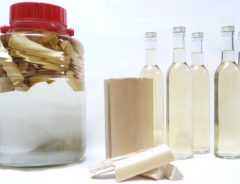
Japanese Wood Liqueur Serves Up Traditional Craft In Maple Syrup-Like Flavor
-
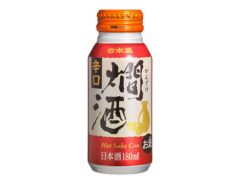
Japanese Convenience Stores To Carry First-Ever Canned Hot Sake
-
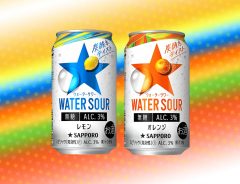
Sapporo enters the ready-to-drink hard seltzer market with “Water Sour”
-
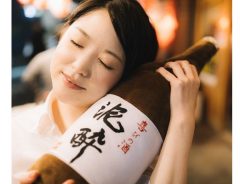
Sleep Like A Happy Drunk With The Sake Bottle Pillow
-
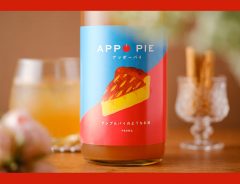
New liqueur has a taste apple pie fans will love and a name Pikotaro could have invented
-
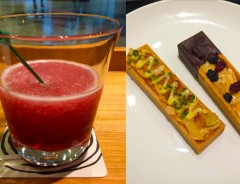
We Tried Wine Frappuccinos And Tarts At Tokyo’s New ‘Starbucks Evenings’!
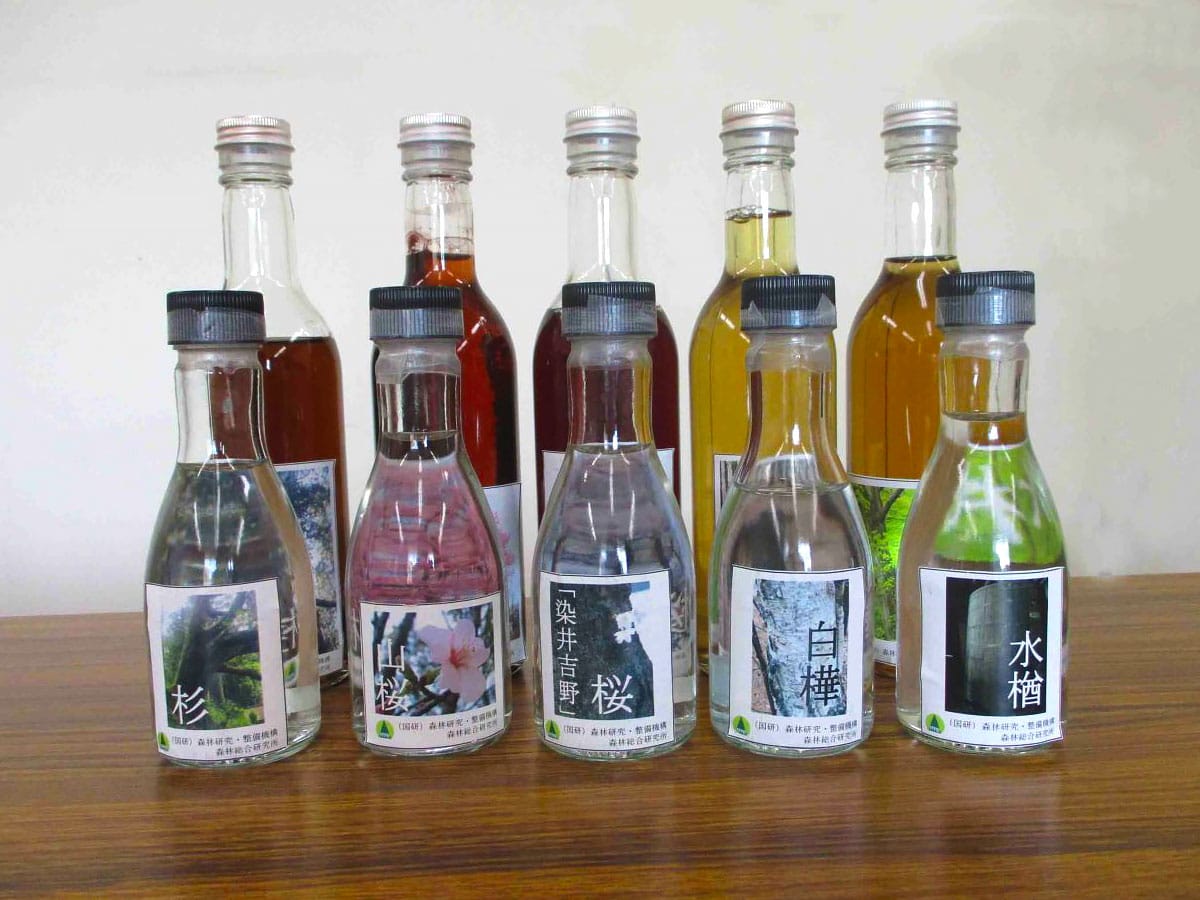


Shohei Nagatsuji, for JAPAN Forward
A new era has dawned in the history of an activity that stretches back to mythological times in both the East and the West – brewing liquor.
For thousands of years, the brewing of alcoholic beverages has revolved around ingredients such as fruit, grain, root vegetables, and milk from farm animals. Using wood itself had never been considered.
The cellular walls of wood contain glucose, a key ingredient in alcohol fermentation. But the glucose is blocked by the hardness of lignified cell walls, which prevents it from being used up in the brewing process.
However, a research team at the Forest Research and Management Organization (Tsukuba City, Ibaraki Prefecture) has made a breakthrough – becoming the first people in history to solve the issue of the cellular walls of wood.
The research team is pressing ahead with the trials, including brewing liquor from various types of trees, such as cedar and cherry. All of them possess a wonderful aroma. The innovative beverages are set to become commercial products in the near future.
Tree-based liquor research team Masanobu Nojiri, team leader, and Yuichiro Otsuka | © JAPAN Forward
Distilled Liquor with a Woody Scent
Masanobu Nojiri and Yuichiro Otsuka, researchers directly involved in the project, explained further. Nojiri is team leader of the organization’s Department of Forest Resource Chemistry, and Otsuka is a chief researcher.
At the start of the interview, they gave me a chance to appreciate the essential aroma of the tree liquor.
The cedar tree liquor reminded me of conifers, while the cherry tree liquor was reminiscent of sakura-flavored rice cakes. The white-birch version was sweet, and the mizunara variety (a native Japanese tree sometimes called a type of oak) had a smoky scent. Each one had its own characteristics.
Each of the tree liquors is clear and colorless, distilled with an alcohol concentration of about 20 percent. Prior to fermentation, the unprocessed liquor is a combination of colors, however, such as red and yellow. It looks appetizing but apparently tastes unpleasant.
“Distillation brings out the best in tree beverages, as though it’s been polished,” Nojiri and Otsuka both explained.
Written by Japan ForwardThe continuation of this article can be read on the "Japan Forward" site.
New Flavors to Savor: The Blossoming of Tree-based Alcoholic Drinks